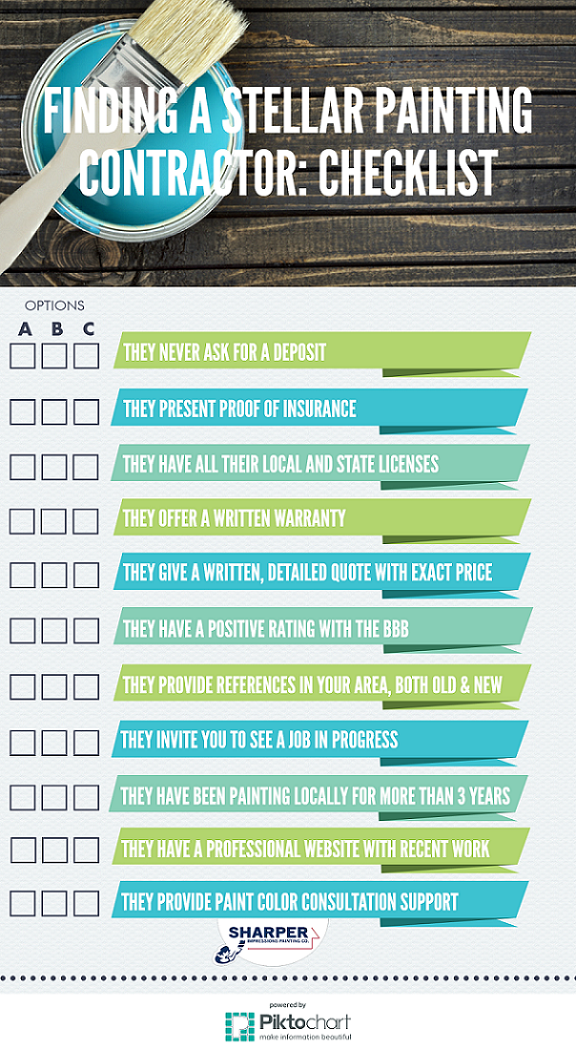Seasonal Consider Commercial Exterior Painting: Trick Insights You Need To Know
Seasonal Consider Commercial Exterior Painting: Trick Insights You Need To Know
Blog Article
Produced By-Aguilar Decker
When you're intending a commercial exterior painting task, seasonal factors can make or break your outcomes. You'll wish to take into consideration how temperature level and moisture effect paint application and drying times. Choosing the appropriate period can guarantee your paint sticks appropriately and lasts much longer. Yet which seasons are genuinely the best for this kind of job? Allow's check out the crucial elements that can affect your task's success.
The Influence of Temperature Level on Paint Application
When you're planning a commercial outside painting task, the temperature can significantly influence exactly how well the paint sticks and dries.
Ideally, you wish to paint when temperatures vary between 50 ° F and 85 ° F. If it's also chilly, the paint may not cure correctly, causing issues like peeling off or breaking.
On the other hand, if it's too warm, the paint can dry as well rapidly, protecting against proper attachment and resulting in an uneven coating.
You need to additionally consider the moment of day; morning or late afternoon uses cooler temperature levels, which can be much more favorable.
Always check good painters near me for the certain paint you're making use of, as they frequently supply guidance on the excellent temperature level variety for ideal outcomes.
Humidity and Its Effect on Drying Times
Temperature isn't the only ecological element that affects your industrial external paint task; humidity plays a substantial function as well. High moisture degrees can reduce drying out times dramatically, influencing the total quality of your paint task.
When the air is saturated with moisture, the paint takes longer to heal, which can bring about issues like poor adhesion and a higher threat of mold growth. If you're painting on a specifically humid day, be prepared for extended wait times between layers.
just click the next article to check neighborhood climate condition and plan accordingly. Preferably, aim for moisture degrees between 40% and 70% for optimal drying.
Maintaining these factors in mind guarantees your job remains on track and delivers an enduring coating.
Best Seasons for Commercial Outside Paint Projects
What's the best season for your business outside painting projects?
Springtime and very early loss are usually your best bets. Throughout these periods, temperature levels are mild, and moisture degrees are usually lower, developing ideal conditions for paint application and drying.
Prevent summer's intense heat, which can create paint to completely dry as well swiftly, bring about poor attachment and coating. In a similar way, winter season's cold temperatures can impede appropriate drying out and treating, risking the durability of your paint task.
Aim for days with temperatures in between 50 ° F and 85 ° F for optimum results. Bear in mind to inspect the local weather report for rainfall, as damp conditions can spoil your project.
Planning around these variables guarantees your painting project runs efficiently and lasts much longer.
Final thought
In conclusion, preparing your business external painting jobs around seasonal factors to consider can make a significant difference in the outcome. By organizing work during the optimal temperature levels and humidity degrees, you'll guarantee better bond and drying times. Remember to keep an eye on regional weather forecasts and choose the right time of year-- spring and early loss are your best options. Taking these steps will certainly aid you attain a resilient and professional surface that lasts.
